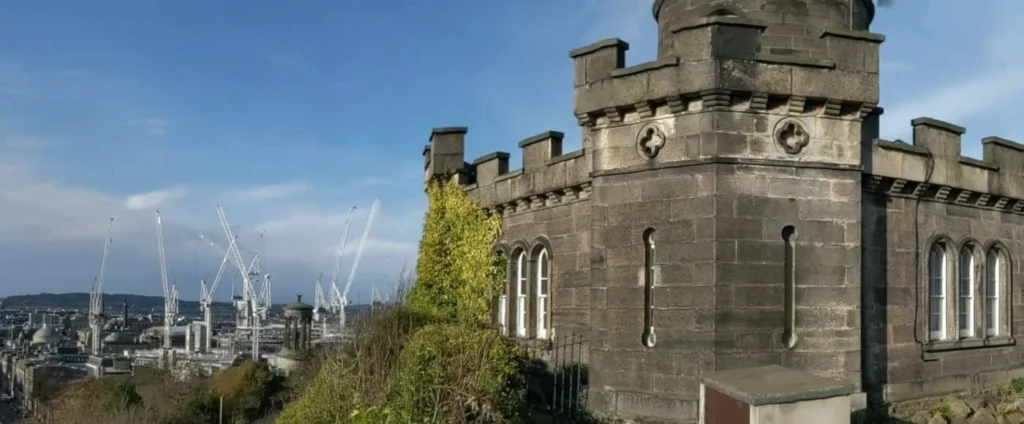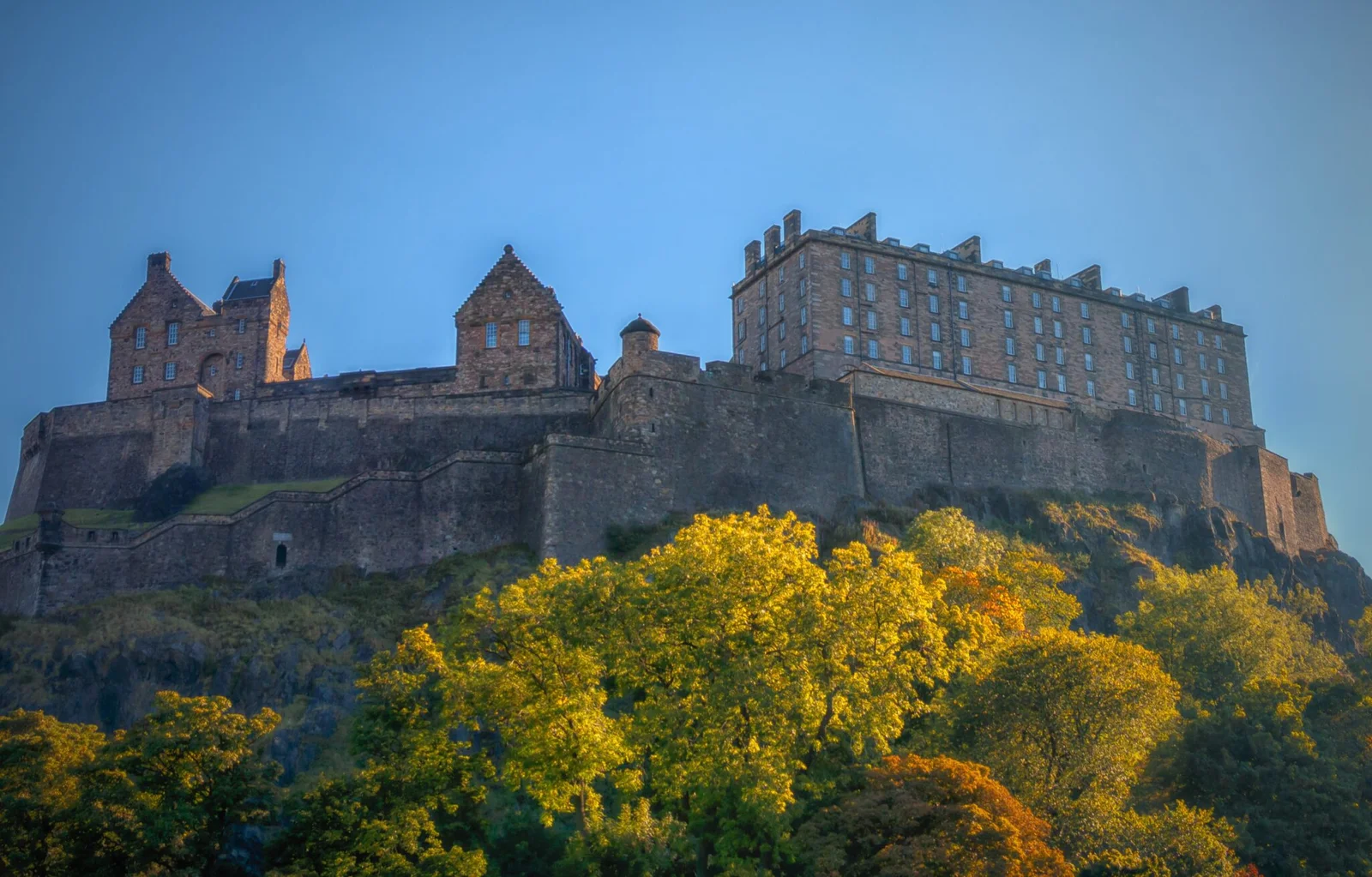EDINBURGH
Scotland, UK
The whole of the United Kingdom, as well as many parts of Europe, are dotted with mighty castles and fortresses, all with their own amazing tales to tell. In Scotland however, there are few castles with the storied history that the 12th-century Edinburgh Castle can lay claim to.
On our early November visit we were greeted by warmer than normal temperatures for this time of year along with no rain. It was ideal weather for spending half a day walking in the footsteps of kings, queens, soldiers and prisoners of multiple wars in one of the oldest fortified places in Europe.
Arrival at Edinburgh Castle comes after a long walk uphill from the heart of the town. From a distance, or atop the many hills that surround Edinburgh, you can easily view this enormous castle on the hill, yet when approaching from below you only get momentary glimpses of it. And then, all at once, you round the corner and there it is in all its magnificent glory.
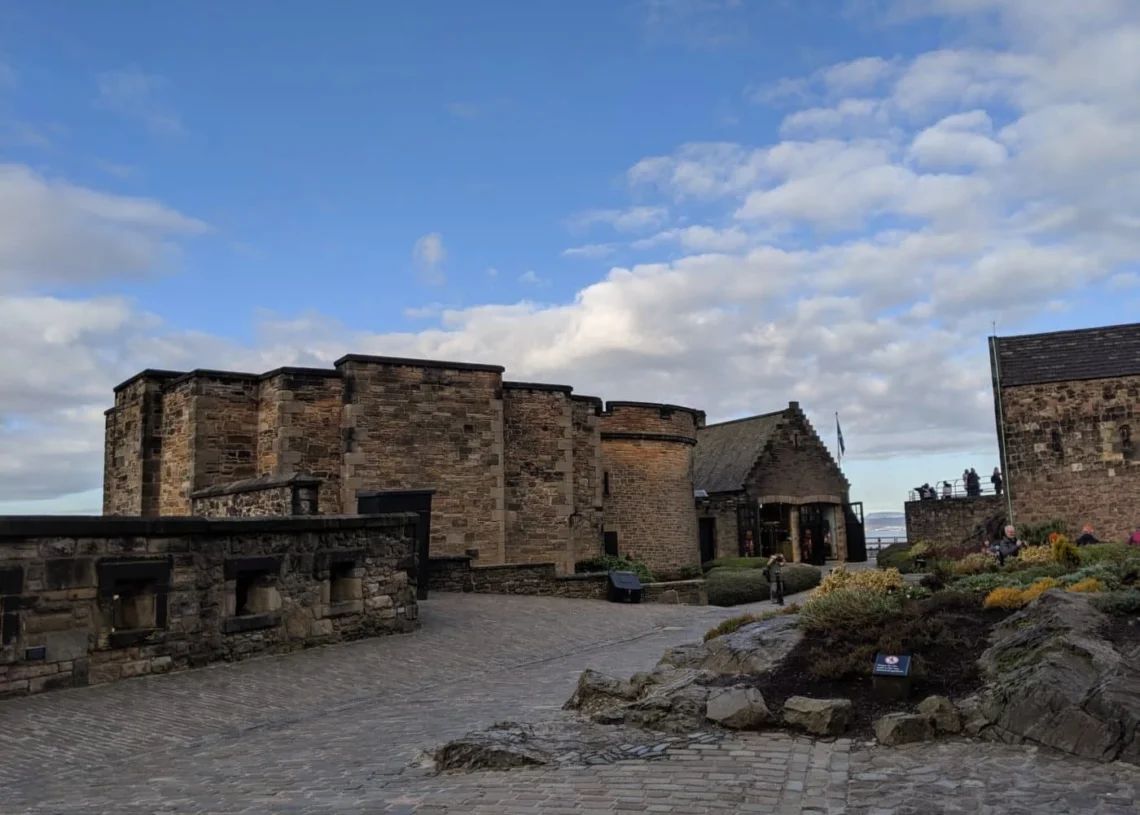
It is beyond massive. It boggles your mind and defies your senses as you stare at the famous entrance in awe. It is literally a city on a hill and you cannot scramble your brain cells fast enough or muster any amount of superlatives to describe what is unquestionably Scotland’s most famous and important castle. There is a palpable emotion that sweeps over you as you come through the “Esplanade” before entering what is known as the “Principal Courtyard” or “Crown Square”. The real adventure begins once you pass through the main archway with the Latin inscription that reads “Nemo me impune lacessit” or “No one cuts (attacks) me with impunity.”
Welcome to Edinburgh Castle!
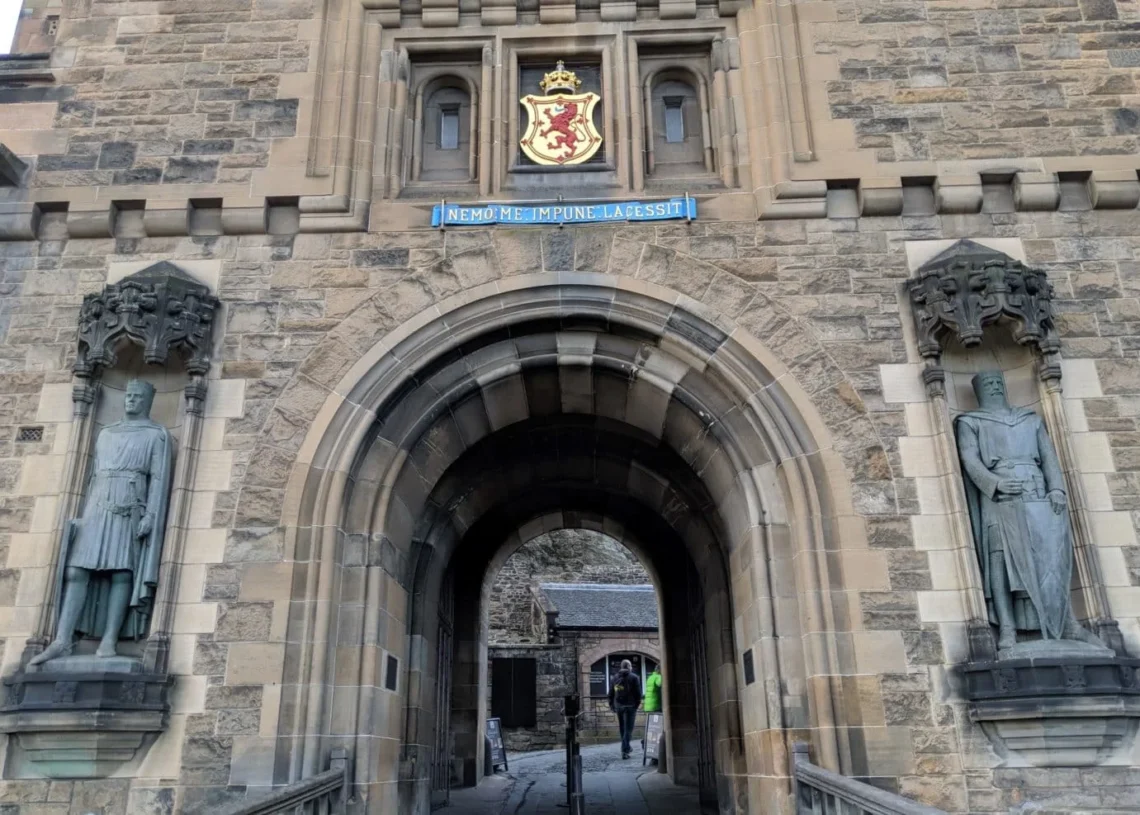
Once we passed through the massive arched entrance, guarded by two famous Scottish warriors, and enter the castle grounds we found ourselves moving in a circle trying to decide which direction, feature, gallery or torture chamber to visit first. Knowing that we would be there for hours we simply began to explore wherever our collective curiosity took us. There is so much to see and so much information to absorb that you could visit multiple times and will forever discover, and uncover, new facts on the history and lore of this amazing place.
Like many museums, botanical gardens or other places of cultural interest you can rent a headset for an audio tour. This is never a bad idea yet we opted to simply wander around so as to witness the various aspects of the castle in a more organic and relaxing way. Turns out is was a good decision as it allowed us to avoid the headset wearing crowds when we encountered them and simply move on to another destination.
As you navigate the castle grounds it is very easy to get overwhelmed by the facts, history, and storytelling when you move from one area to another. What the thoughtful curators of the castle have done extremely well is to tell the centuries-old stories through the various exhibits in ways that are engaging and informative without being overdone. Regardless if the particular exhibit is a slide show, a documentary or a voiced over depiction of various periods in the history of the castle you never feel out of touch with what is being presented. If you allow yourself enough time to move about unhurried you will truly have a complete experience.
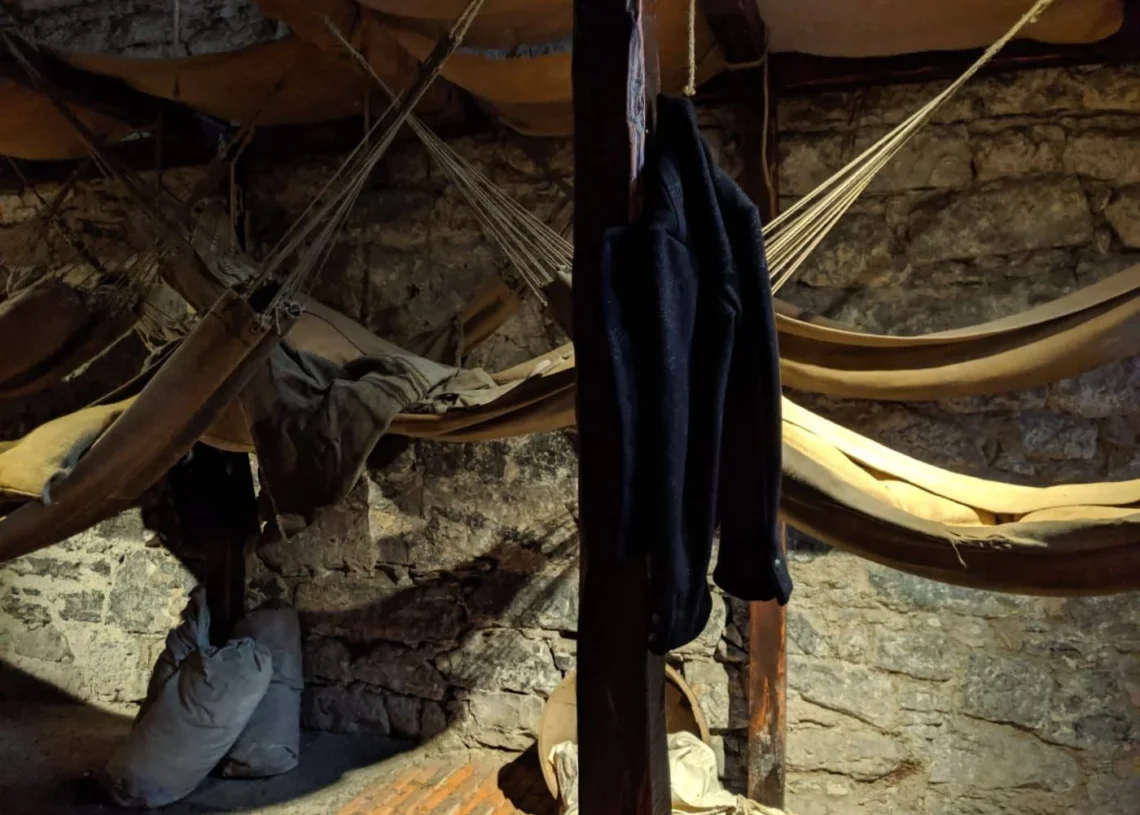
After a tasty lunch at the castle restaurant, we took our last view of the Edinburgh skyline from the Esplanade. From this vantage point you can see dozens of stiletto like cranes rising high above Edinburgh, erecting 21st. century glass and steel castles to wealth, power, capitalism and modernity. Yet from where we were standing, there sits a centuries old castle on a hill.
The juxtaposition of the ancient and the modern could not be more striking, although the similarities seem equally as striking. Regardless of the differences in time or architecture, man’s quest for dominance and supremacy is as clear today as it was centuries ago. Time marches on, yet the many threads that mankind has historically woven into the fabric of societies remain eerily similar.
Reflecting on this notion should bring pause and make one consider not only on “how far we have come” but on “how far we have yet to go.”
